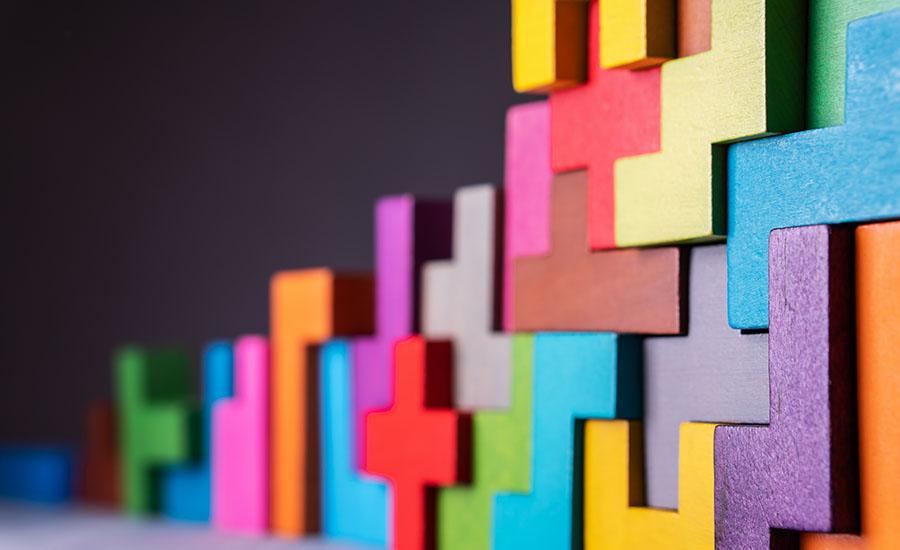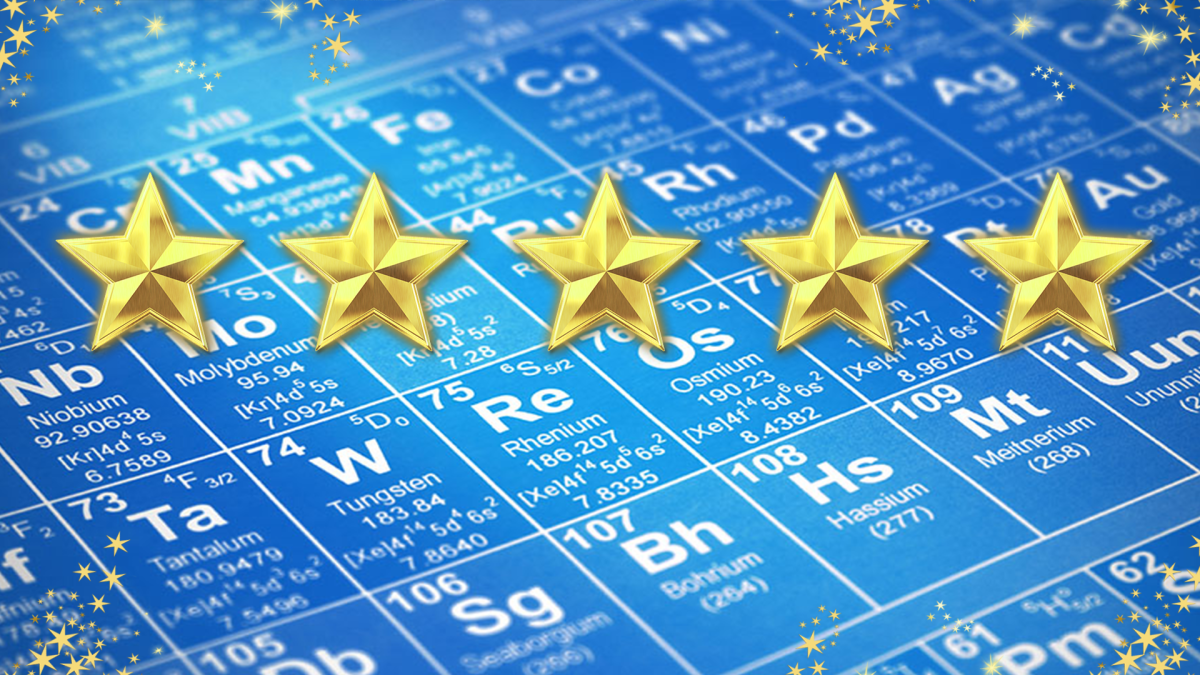
Creating Sustainable Solutions With Bioplastics Part 1
by Scott Milne
In this lesson students evaluate the advantages and disadvantages of conventional, petroleum-based plastics, bioplastics, and their different varieties. The lesson is driven by class/group research and discussion and ends with students creating an action plan for a plastic-based problem. As a group, students will learn about the costs, benefits and science behind conventional plastics and the ways in which bioplastic solutions may be used to address current problems with plastic pollution. Students are then asked to present their plan to the class and give/receive constructive feedback to and from their peers.
Lesson Plan Link/URL
https://docs.google.com/presentation/d/1rirThz48C07uXd_TMh2Z9tyxVZvKYNbt09DLRPE…Subject Area
Science Physical Science P1: Matter Technology 1. Empowered Learner 4. Innovative Designer 6. Creative Communicator Engineering S1: Engineering & Global Society S2: Apply the Engineering Design Process S6: Apply Communications to Engineering English Language Arts (ELA) Writing Speaking & Listening
Featured
Off
Related Content

Grades:
6th Grade, 7th Grade, 8th Grade
In this lesson, students will investigate the properties of a mixture, as if it were a contaminated soil sample near a stream. This activity will show students that heterogeneous mixtures can be

Grades:
9th Grade, 10th Grade, 11th Grade, 12th Grade
Description: Students will use Google’s TeachableMachine website to create an artificial intelligence image recognition model that recognizes various facial emotions (~4 facial expressions), such as

Grades:
9th Grade, 10th Grade, 11th Grade, 12th Grade
The first rule in the chemistry lab is “don’t eat or drink or lick anything in the lab”! This lesson breaks those rules and shows students how culinary is really a practical application of chemistry